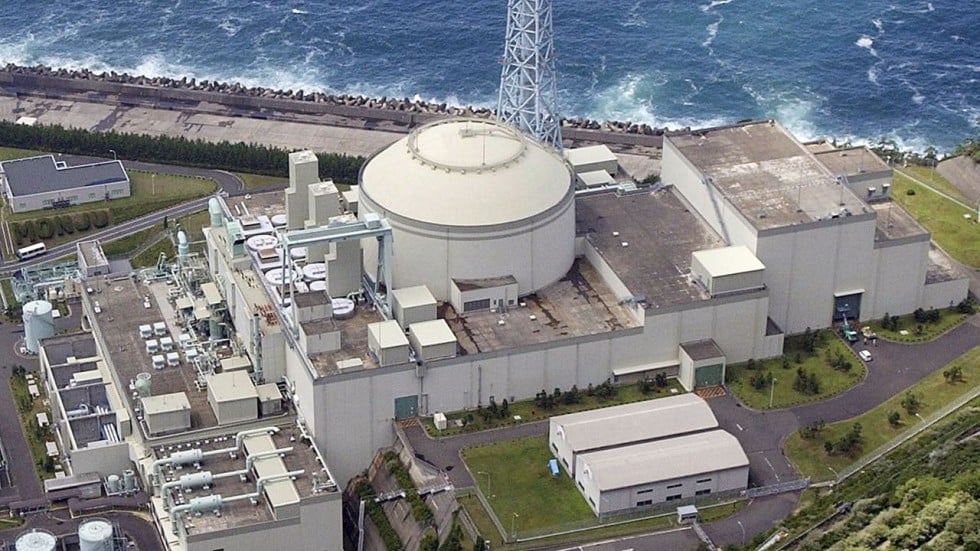

The 10-member panel, appointed by parliament in December, has interviewed in over 900 hours of testimony hundreds of plant workers, company and government officials, including then-Prime Minister Naoto Kan. “With this move the government is clearly ignoring public opinion against it – they are compromising the population’s safety for economic reasons.” The parliamentary report puts blame on human error and collusion between government and regulators “This shows how desperate the situation in Japan is,” Bellona’s Bøhmer said. According to various Japanese media, some 70 percent of the population wants to ditch nuclear power.īefore the crisis, Japan got one-third of its electricity from nuclear plants – second only to France and the US.Įxperts and activists have criticized Prime Minister Yoshihiko Noda’s government, saying it is putting business ahead of safety by going forward with the resumption before studying the findings and recommendations in the report. Huge demonstrations against the restart encompassing tens of thousands of people have been held each week outside of the prime minister’s office, reflecting deep grassroots opposition. The resumption of operations in Ohi has been hotly contested in Japan, and dovetailing with the release of the parliamentary commission’s final report, has raised questions over how seriously the government is trying to learn from the Fukushima crisis. The disaster was assigned a Level 7 on the International Nuclear Event Scale (INES) making it the world’s only parallel to Chernobyl.Īnother report released earlier this week by the Hopochi CH think tank in Switzerland has postulated that further destruction to a spent nuclear fuel storage pond sitting atop Fukushima Daiichi’s hydrogen blast-ravaged and titling reactor No 4 building could have three to 10 times the global consequences than did the initial radiation released after the tsunami and quake. Massive amounts of radiation were leaked in to the atmosphere and Pacific Ocean, and caused food contamination. The Fukushima Daiichi plant suffered three meltdowns, hydrogen explosions and massive radiation leaks, after the tsunami and 9.0 magnitude earthquake struck the plant, killing all cooling to reactors. Ohi’s reactor No 3 began power generating power today just ahead of the release of the final report by an independent parliamentary investigative commission examining the ongoing crisis that the Matsunami and earthquake sparked in Fukushima. Reports bad timing for nuclear PR mission In the meantime, officials have called on the nation to conserve energy. “But it is just a first step.”īut KEPCO is hoping to restart another reactor in Ohi soon – and that could pave the way for other plants around the country, Japanese media report, bearing witness to the sway the powerful nuclear lobby still holds over the country. “We have finally taken this first step,” Hideki Toyomatsu, vice president of KEPCO, told Reuters. The federal government and KEPCO, which operates the Ohi plant in western Japan say the reactor has passed stringent safety checks and argue its output is needed to ward off blackouts as Japan enters its high-demand summer months, as well as to reduce the country’s imports of liquefied natural gas and fossil fuel use. The last of Japan’s 50 reactors was idled in early May, leaving the country without nuclear power for the first time since 1970.

The disaster “could and should have been foreseen and prevented” and its effects “mitigated by a more effective human response,” said the parliamentary report. The parliamentary commission’s report (download at lower right) could not have agreed more, saying, “Japan’s regulators need to shed the insular attitude of ignoring international safety standards and transform themselves into a globally trusted entity.” “As made clear by the released reports, information withholding, failed communications and faulty reports on the state of Japan’s reactors were as much a part of the disaster as other factors,” he said. “A new nuclear regulatory system needs to be established in Japan before any reactors are restarted,” said Nils Bøhmner, Bellona’s nuclear physicist and general manager. The start-up comes as two critical reports about the Fukushima disaster have been published, both of which point to ongoing – and far more serious dangers – at the stricken plant, and one of which, authored by Japan’s independent parliamentary commission to investigate the Fukushima accident, cites human error and botched work by Japanese nuclear regulators as a pervasive contributor to the cataclysm.


 0 kommentar(er)
0 kommentar(er)
